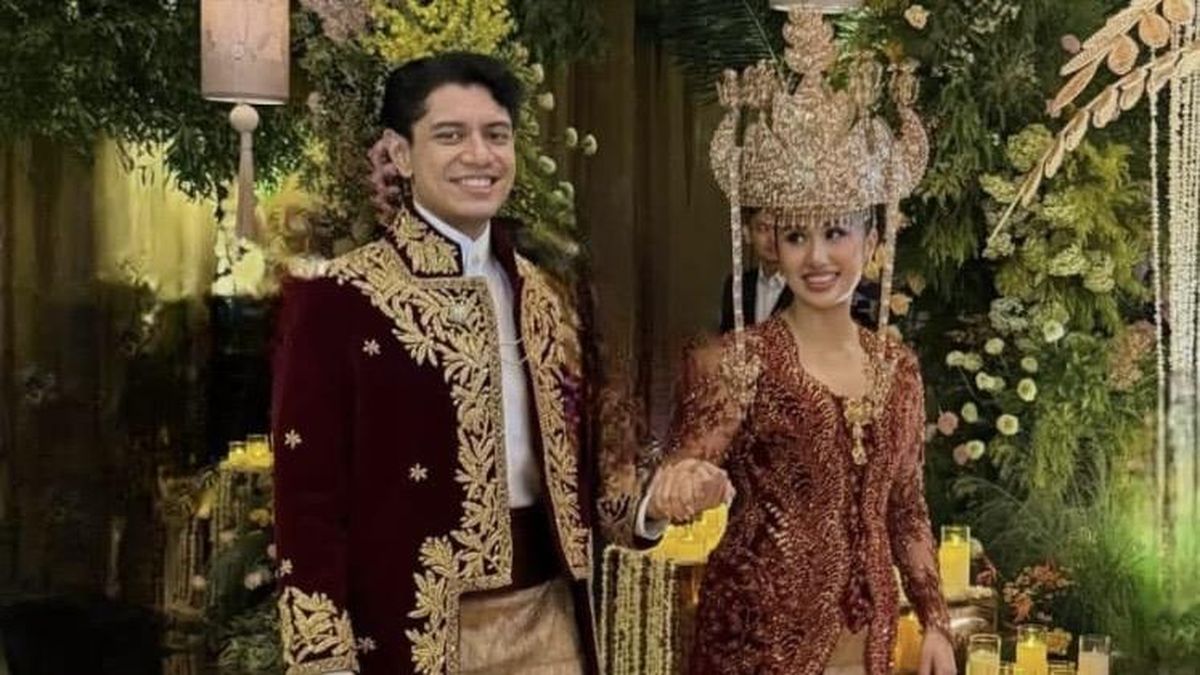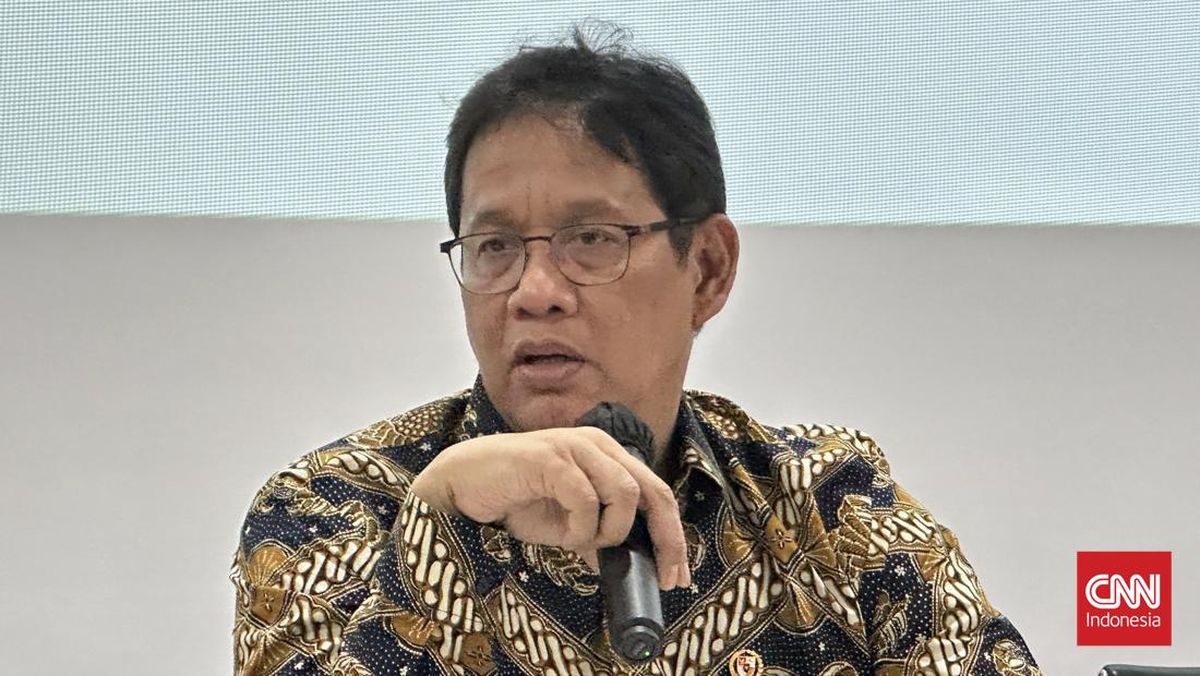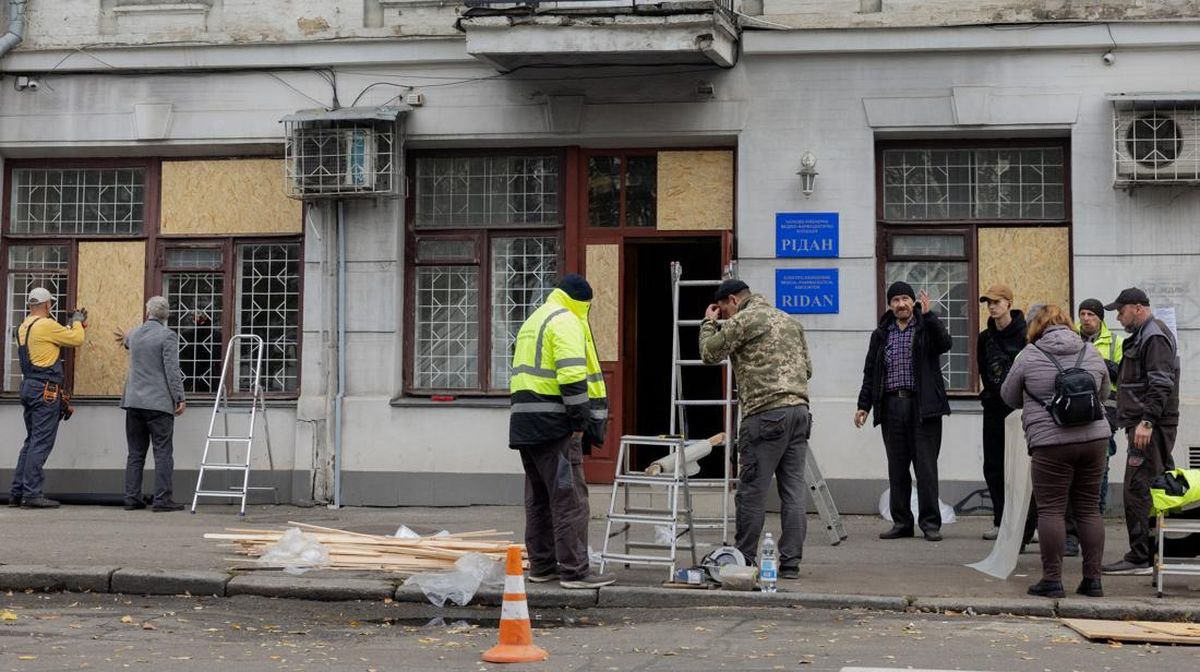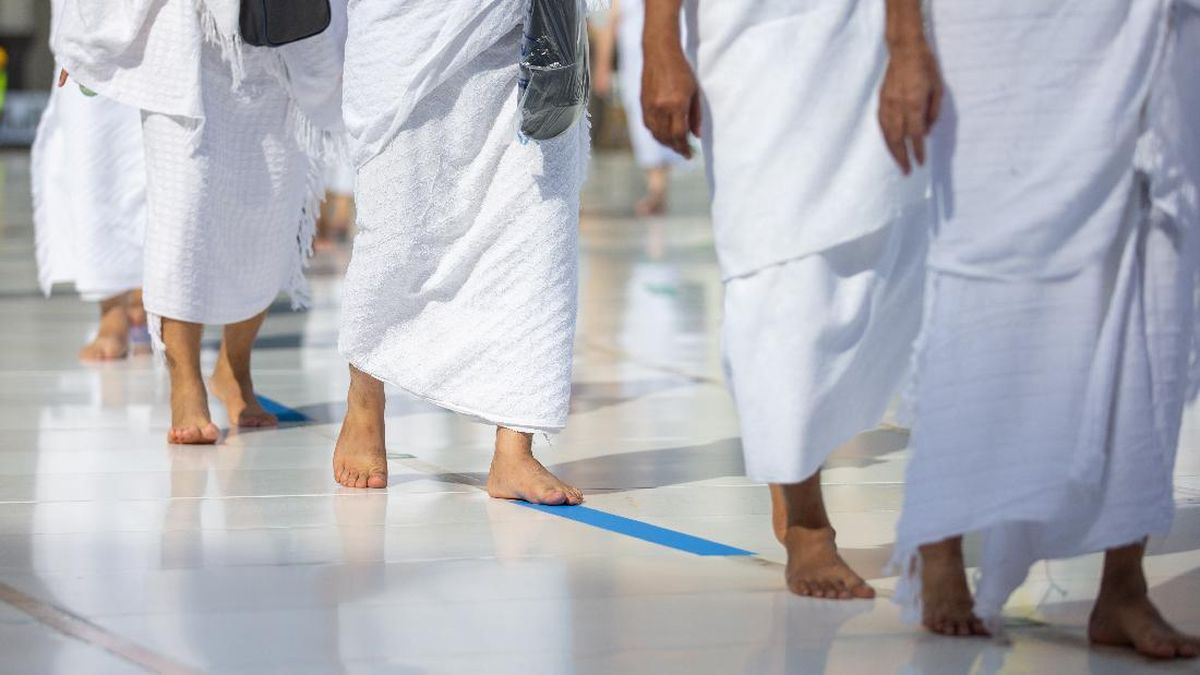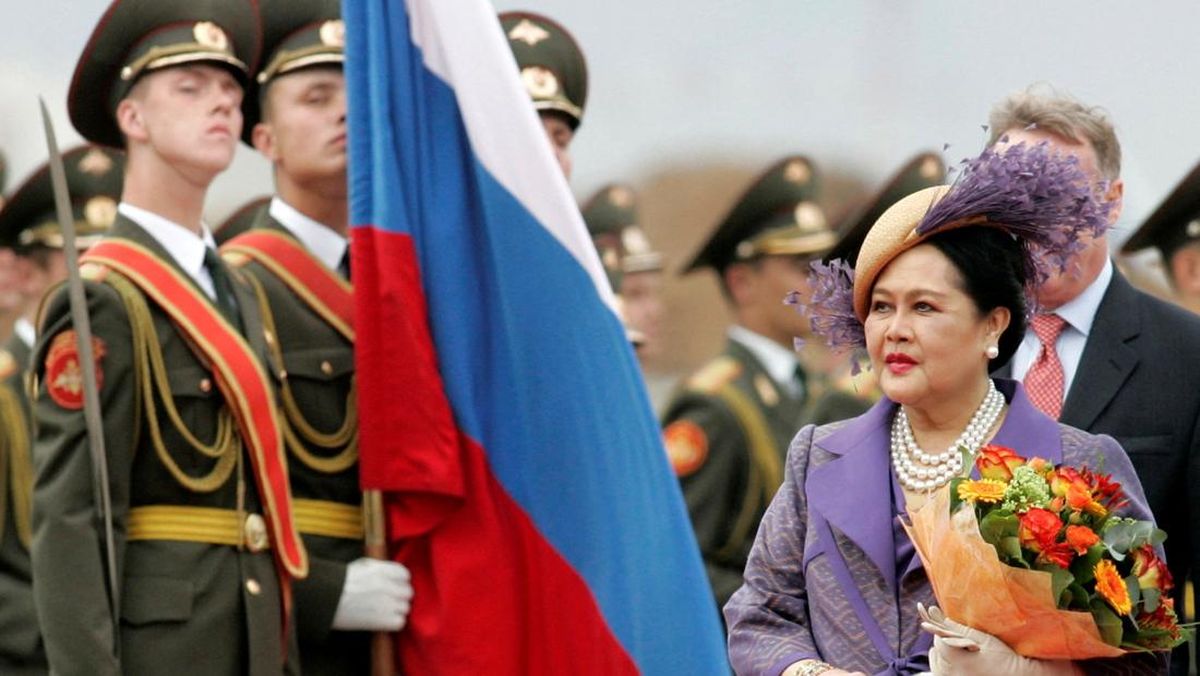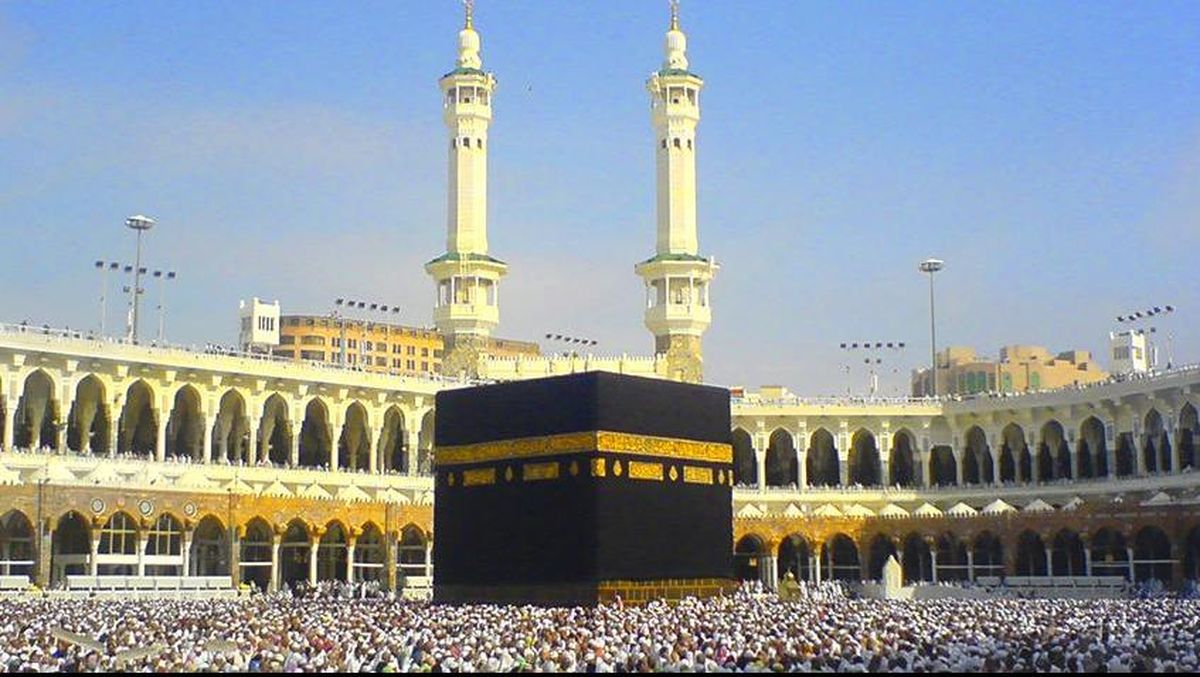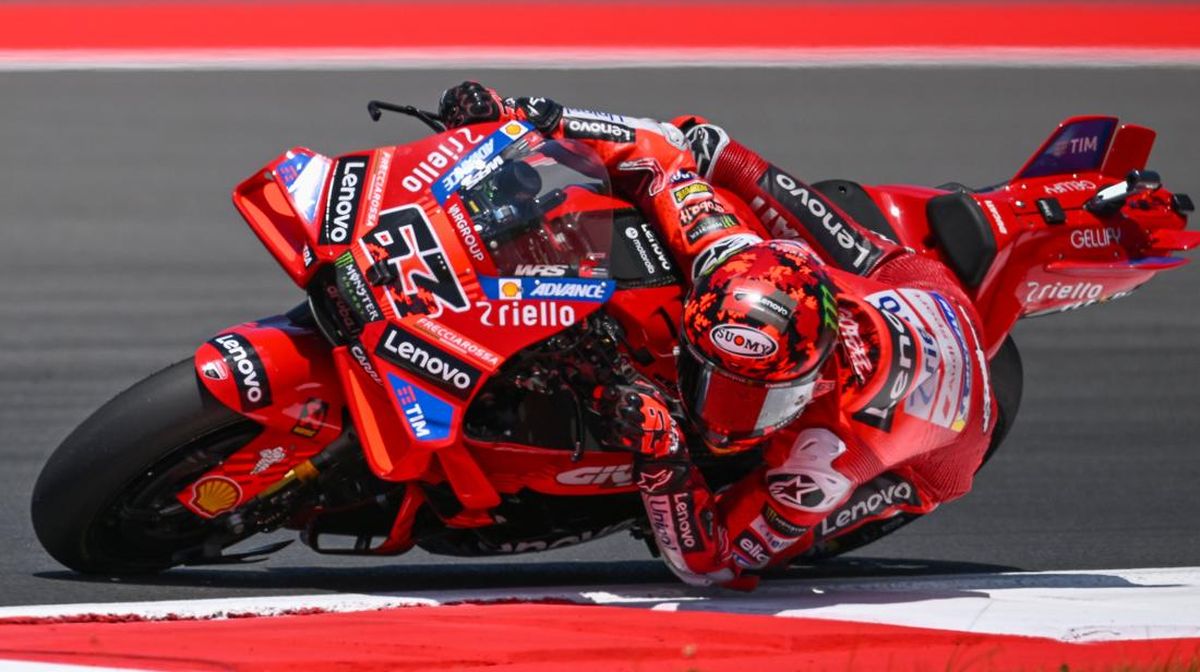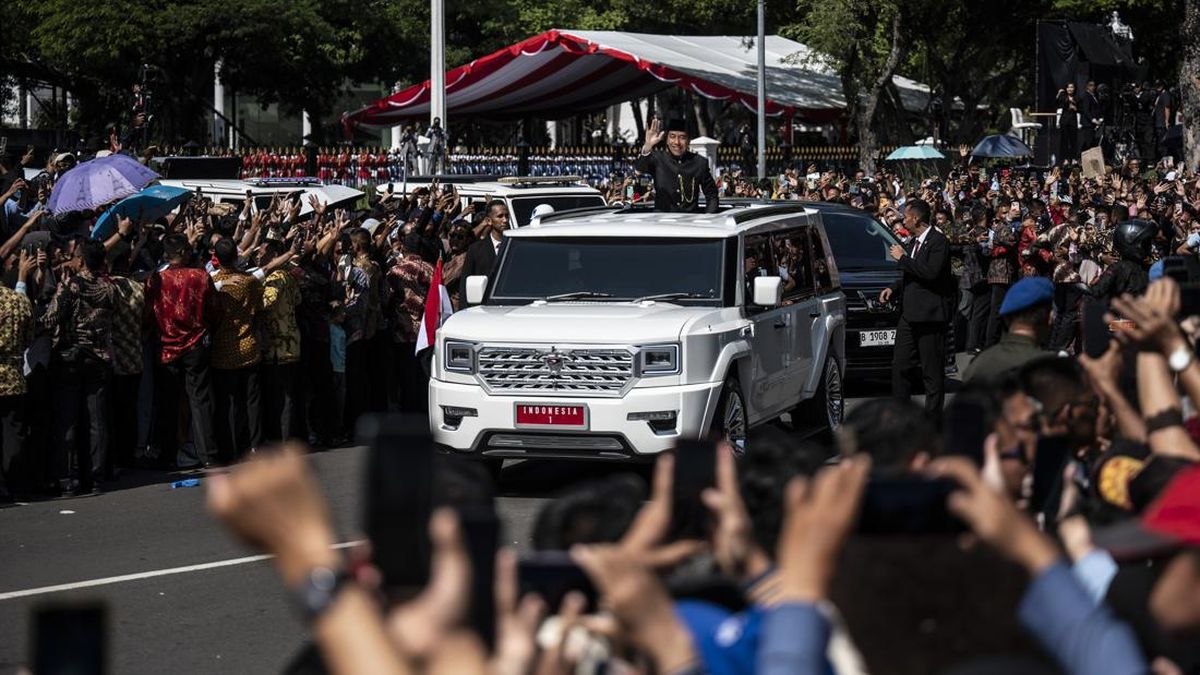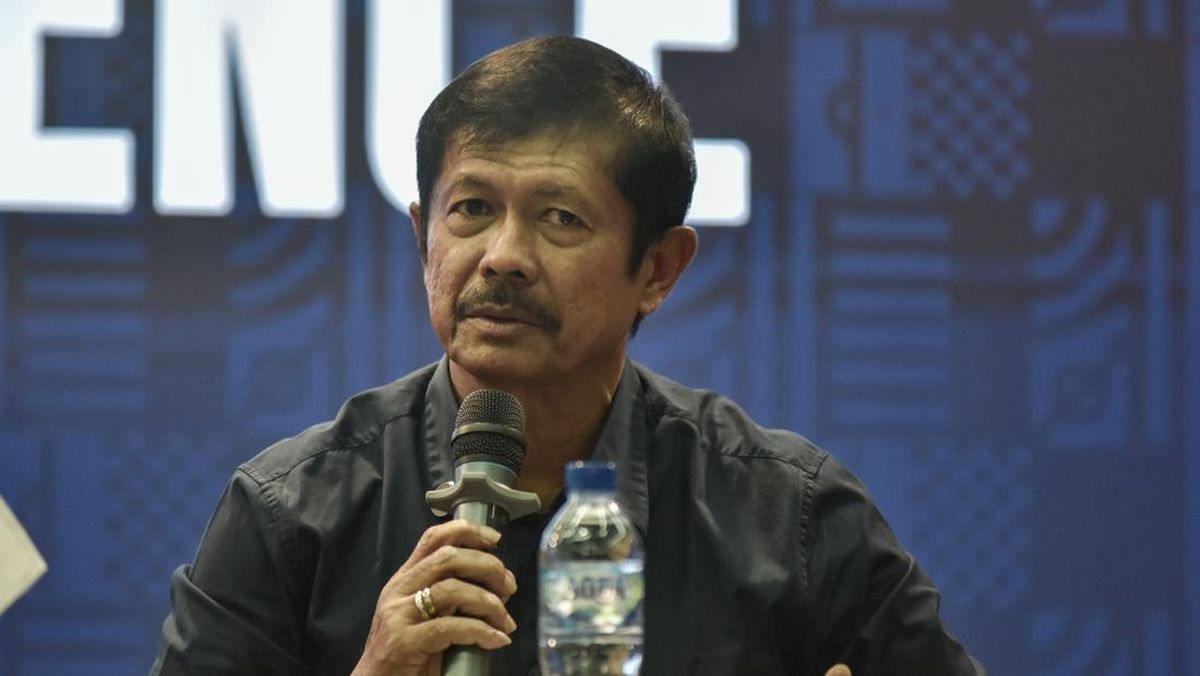Sirikit Kitiyakara, the Queen Mother of Thailand who dazzled the world with her beauty and ostentatious fashion choices yet was often a source of political and dynastic instability at home, has died at the age of 93.
Consort to Thailand’s longest-reigning king and mother to his controversial successor, Sirikit had a sense of royal style and glamorous panache neither man could match. She charmed world leaders and diplomats, and won gushing headlines internationally, but was not above meddling in her son’s troublesome love life or weighing into Thailand’s often deadly political conflicts.

Queen Sirikit in Bangkok in 1961.Credit: Paris-Match Marie-Claire
Born into royalty on August 12, 1932, in the months after a revolution ended absolute monarchy, her branch of the royal family was savvy and ambitious. Her father was serving as a diplomat in Paris when he arranged for his teenage daughter to meet the future king, Bhumibol Adulyadej. Five years her senior, Bhumibol had been born in the US and raised in Switzerland; he came to the crown in 1946 at a young age after his uncle abdicated, his father died young and his older brother died of a gunshot wound that has never been properly explained.
Sirikit met Bhumibol in 1948, while he was recovering from a car crash that left him blind in his right eye. They were first cousins once removed, and married before she turned 18 in time for his elaborate coronation ceremony in 1950.

King Bhumibol and Queen Sirikit meet then Australian finance minister Harold Holt at the Lausanne National Fair in 1960, where a model of the Sydney Opera House is on display.Credit: Fairfax archives
“It was hate at first sight on my side,” she told the BBC light-heartedly of their first meeting. “Because he said he would arrive at [4pm]. He arrived at 7pm, kept me standing there, practising curtsy after curtsy. So it was hate at first sight.”
The first of their children – actor, pop singer and, briefly, prime ministerial candidate Princess Ubolratana – was born in 1951. They would have four children in seven years. During this time, Sirikit served as regent for 15 days while her husband followed Thai tradition and entered the monkhood, making her the only woman to have officially served as head of state.
The monarchy went from the wilderness at the start of Bhumibol’s reign to a powerful force often spoken of as central to the national identity. Sirikit was important to its success, touring the country at her husband’s side and championing Thai silk on the world stage. Her birthday is observed as mothers’ day in Thailand.

The Thai royal family in 1966 in England, from left: Prince Vajiralongkorn, Princess Sirindhorn, 11, Princess Chulabhorn, 9, Queen Sirikit, King Bhumibol and Princess Ubolratana.Credit: PA
Only one of their children was male and therefore eligible for the throne under the rules of the day. The lack of potential heirs and spares has caused lingering dynastic headaches. That boy, Vajiralongkorn, was doted on and indulged by the women of the palace, including his mother, until he was sent abroad for education: first to boarding school in England, then to the King’s School in Sydney and Duntroon in Canberra.
Australia was on the royal family’s radar partly because it was an ally in the Vietnam War, and partly because Sirikit and Bhumibol had a positive impression from their royal tour in 1962 which garnered largely fawning press coverage. “All eyes were on the golden Queen”, “That smile of Sirikit”, “Royal visitor’s dazzling new triumph” were typical headlines in Australian newspapers and magazines, which even mentioned an unscheduled trip to the dentist and the government Rolls-Royce reaching 85 miles an hour (137 km/h) as it whisked the royals along the highway between Toowoomba and Brisbane.

As Queen Sirikit steps from the car on arrival in Sydney in August 1962, a demonstrator runs across George Street with a placard, while a second man is led from the roadway by a police constable in the background.Credit: Fairfax archives
Protests at Thailand’s military dictatorship, then under the rule of a particularly venal junta leader, garnered far fewer column inches than descriptions of Sirikit’s clothes. “The petite Asian queen wore a full-length diamond mink coat over an ivory white wool dress trimmed with matching braid, and with it a white leather pillbox hat,” The Sun-Herald reported of one of many outfits. “Her handbag, shoes and stockings were a whisky brown. Her jewellery was a five-strand necklace of magnificent pearls, a pearl bracelet and, an evident favourite of hers, pearly and diamond earrings.”
A minor political scandal erupted after then secretary of the Labour Council of NSW, James Kenny, accused Sirikit of displaying her wealth in a vulgar manner at a time when millions of Thais lived in poverty. As he was also a member of the state upper house, the remarks led to rowdy scenes in parliament.

Queen Sirikit with then-PM Malcolm Fraser at Duntroon in 1975.Credit: Fairfax archives
The royal family turned to Australia when they were looking at schools for Vajiralongkorn, who struggled in England. Sirikit told Australia’s ambassador that her son hated his school, and agreed when the plan was hatched to send him to Duntroon.
Sirikit arrived for Duntroon’s graduation ceremony in December 1975. Questions linger over how well Vajiralongkorn performed: he was given a commission in the Thai armed forces and a certificate of attendance, and the ceremony was adjusted to avoid embarrassment. Sirikit upstaged her son as she rubbed shoulders with prime minister Malcolm Fraser and governor-general John Kerr. She danced with Vajiralongkorn at the graduation ball, following tradition and also denying any would-be princesses from stealing her thunder; Sirikit is said to have kiboshed a budding romance with the daughter of a diplomat.

Queen Sirikit dances with her son Maha Vajiralongkorn after his graduation from the Royal Military College, Duntroon.Credit: Fairfax archives
Her hand was heavy in the arrangement of Vajiralongkorn’s first doomed marriage. Sirikit orchestrated the wedding between the crown prince and her niece Soamsawali in early 1977, but the young playboy had little time for his cousin-turned-bride. They had one daughter together, but he soon left home, and within nine months his minor wife, an actress, gave birth to the first of their five children together.
Sirikit was livid, and some behind-the-scenes tensions spilled into the public. On a tour of the US in late 1981, she made her warnings plain. “I have to be very frank. My son, the Crown Prince, is a little bit of a Don Juan,” she told The Dallas Times Herald.
Loading
She added, “If the people of Thailand do not approve of the behaviour of my son, then he would either have to change his behaviour or resign from the royal family.”
Vajiralongkorn spent almost two decades striving to give his second family legitimacy. Once-secret correspondence among Australian diplomats from this time describes Vajiralongkorn as a victim of dynastic manoeuvring, and it was largely his mother’s doing as she worked to shore up political capital. Sources close to the palace speaking anonymously for fear of retribution say Sirikit was influential in the dissolution of Vajiralongkorn’s second marriage, which ended with his ex-wife and four sons banished and turned into refugees.
Sirikit had a family crisis of her own in the 1980s. An affair with a handsome young soldier, Colonel Narongdej Nanda-Photidej, had become problematic. After he died while in the US in May 1985, she struggled to accept he had a heart attack. In his landmark biography of Bhumibol, journalist Paul Handley wrote of how Sirikit “pursued rumours he was murdered. Her mourning became an embarrassment. For his funeral, which all top officials in the military and government had to attend, she issued a commemorative volume bearing photographs of the two together”.
That September, shortly after a coup attempt against Bhumibol’s favourite prime minister was thwarted, Sirikit was admitted to hospital and disappeared from the public eye for the next six months. Handley reports she had a breakdown.

Then-crown prince Vajiralongkorn with mother Queen Sirikit for the King’s 82nd birthday in 2009.Credit: AP
The royal couple lived largely separate lives for decades afterwards, but they would appear together for important events and ceremonies. Palace propaganda and repressive royal defamation laws hid the division in the palace, but this combined with uncertainty over Vajiralongkorn’s fitness to one day take the throne contributed to long periods of political tension that at times turned violent and deadly.
Sirikit lent support to protesters in the lead-up to the 2006 coup that ousted the government of tycoon Thaksin Shinawatra; demonstrators were issued with scarves in her colour. In 2008, she appeared at the funeral of a pro-royalist demonstrator, an openly partisan intervention in the fraught political conflicts that have come to define Thailand in recent decades.
About this time, she returned to King Bhumibol’s circle to help care for him as his health declined and help ensure stability as the succession approached. Once-secret cables from US diplomats made available on WikiLeaks revealed other dynamics at play: Sirikit’s strong support for Vajiralongkorn wavered after nude images of his then-consort were circulated, and the two had a blazing row over the amount of time he was spending outside Thailand. The cables also dished on her active social life and tradition of twice-weekly dinners that would begin near midnight and last until dawn.
In the end, her influence was limited. In July 2012, Sirikit suffered a massive stroke. She was largely kept out of the public eye afterwards and appeared frail when she appeared. She was unable to attend funeral rites after Bhumibol died in October 2016. The palace announced she died on Friday night after suffering from a blood infection and a year-long mourning period has been declared.
Photographs of visits from her son, King Vajiralongkorn, show her wheelchair-bound with white hair. It was a long, quiet end for a feisty, ambitious and charismatic woman who once held all around her spellbound.

Queen Sirikit marks her 88th birthday with her son, King Vajiralongkorn, daughter Princess Sirindhorn (left) and daughter-in-law Queen Suthida (right). Credit: AP
Get a note directly from our foreign correspondents on what’s making headlines around the world. Sign up for the weekly What in the World newsletter here.




